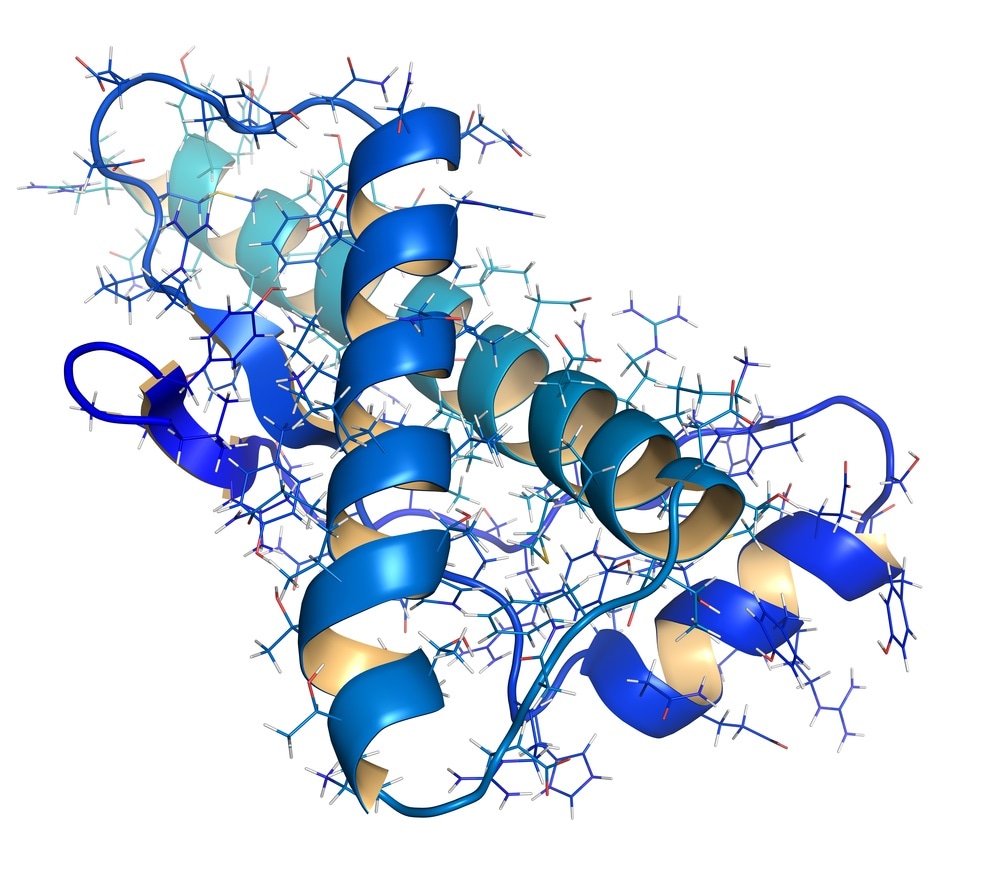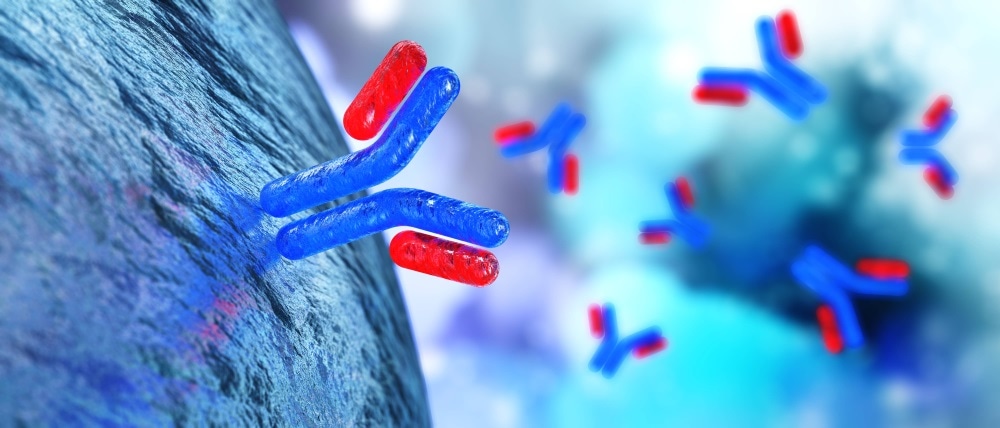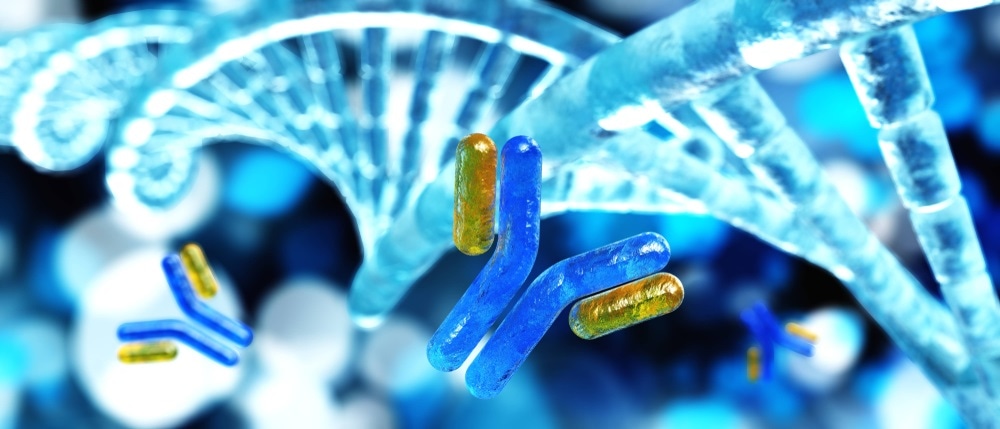Light scattering instrumentation is widely used in the characterization of macroparticles and nanoparticles in solution. It provides cutting edge tools for determining absolute molar mass, size, conformation, charge, and interactions using multi-angle light scattering (MALS), differential viscometry, field-flow fractionation (FFF), dynamic light scattering (DLS), electrophoretic mobility and composition gradients.
The most recent developments by Wyatt in their instrumentation and software have made the full potential of FFF accessible to a wider user base. In this interview, Kim R. Williams and Christoph Johann talk to News-Medical and Life Sciences about the technologies and their research.
What are the most prominent features of FFF? Why should we use FFF?
CJ: First, we should review the most prominent features of FFF. FFF physically separates samples according to size, therefore it allows us to collect fractions. With the Eclipse FFF system we can separate entities from only a few nanometers up to micrometers in size. Furthermore, the technique is gentle, exerting low shear forces, and non-destructive.
FFF is particularly powerful when used in conjunction with MALS, which provides absolute molar mass and size of eluted fractions. Because it combines size-based separation with online light scattering, it has higher resolution than standard batch, or unfractionated, DLS.
Also, I think the new SCOUT DPS software that supports offline method development is an exciting additional feature. This software minimizes the number of experiments required for method development. I can obtain an optimal result with just a few injections rather than spending hours in the lab.

What type of data is obtained from FFF experiments?
CJ: We can obtain detailed distributions of absolute molar mass and RMS radius from the multi-angle light scattering analyses at each elution volume. In addition, we can calculate the hydrodynamic radius at each elution volume from dynamic light scattering or derive it from the FFF retention time.
For macromolecules the concentration is derived from a UV or refractive index detector in order to obtain quantitative distributions, while for nanoparticles the distribution of particle concentration is quantified from light scattering alone.
How do you ensure that the proteins do not interact with the AF4 membrane?
KRW: It is important to verify that there are no interactions between the protein and the membrane used in AF4, particularly when AF4 is being used to calculate particle size from retention times.
I think it is always wise to do an initial run with no cross-flow, to ensure that enough sample has been injected and a very large peak is obtained in the detectors. If you do find yourself in the drastic situation of complete sample loss, you may be able to rectify it by decreasing the field strength or the cross-flow rate.
Interactions can also be reduced by pre-conditioning the membrane, for example by injecting a protein solution, or by reducing the salt load. I find that a solution of 50 millimolar sodium chloride, or even phosphate buffer with no salt added at all, improves both resolution and recovery in FFF. You don’t have to always use PBS buffers with 150 millimolar sodium chloride as is common in size-exclusion chromatography MALS.

Can you describe the Eclipse FFF?
CJ: I think the most important thing is that Eclipse FFF is easy to use, whilst being a powerful and robust system. It combines three key features: seamless integration; full automation of the complete system and extensive data processing capabilities.
It is great to be able to integrate the complete workflow from method development to the final result using the new VISION CSH software platform. This includes the VOYAGER CDS application for instrument control and running experiments and the SCOUT DPS application for data processing and method development.
I hope our new developments in instrumentation and software will make the full potential of FFF accessible to more users.
How do you use SCOUT for method development?
CJ: SCOUT helps us choose the right flow program to achieve the desired separation. We just need to input the channel geometry we want and the assumed particle size range for our samples into SCOUT, set up a nominal flow program and straightaway it will give us a predicted fractogram.
The flow program includes the channel flow rate and the evolution of the cross flow rate with time. The expected peaks are shown immediately with their calculated retention times, and it also gives us the peak dilution. We can change parameters, such as channel lengths or flow rates, to see what the effect would be. This is all quickly determined by the software, saving us considerable lab time.
In our experience, the SCOUT predictions are very accurate and closely follow the UV traces of actual experiments.
In this way, it is straightforward for us to find a method that gives a suitable resolution. Once we have selected the appropriate method, we can export it to VOYAGER, which will run the experiment.
How does FFF helps to understand aggregation kinetics of an antibody? What are the challenges when analyzing biologic drugs?
KRW: Conventional drugs are typically small molecules formulated into capsules to tablets that have a long shelf life. In contrast, biotherapeutics or biologic drugs are large complex molecules that are morphologically heterogeneous.
They are formulated in solution and administered by syringe injection or intravenous infusion. The main challenges associated with their analysis stem from the fact that they tend to be unstable and sensitive to stress.
It is therefore important for us to use an analytical process that does not degrade or denature the biologic drug. There are multiple processing steps and stressors that could lead to irreversible denaturation, such as temperature, pH, and solution composition.
If an antibody monomer is denatured, aggregation and precipitation occur, which will reduce its efficacy when injected into a patient and increase its potential for immunogenicity. It is also important to distinguish between these protein aggregates and possible foreign contaminants, such as a silicone oil microdroplet, air bubbles, or even glass shards or rubber fragments.

Which techniques can be used for characterizing protein aggregates?
KRW: The technique used really depends on the size of the protein. There are several techniques for proteins above a micrometer but there are very few techniques for analyzing proteins in the range of nanometers up to one micrometer.
Size-exclusion chromatography (SEC) is currently the method most commonly used to look at protein aggregates, but it is not ideal. First of all, the mobile phase composition is limited, and this minimizes the mitigation of absorption on the column packing surfaces. Secondly, the available pore sizes limit the range of sizes that each column can separate.
Thirdly, the packed column will cause shear degradation, which is especially problematic when transient aggregates are being studied. Finally, to avoid column plugging, samples are usually filtered or ultra-centrifuged and there is no knowledge of precisely what is removed during this process.
We developed a simple method based on asymmetrical-flow FFF (AF4) in combination with light scattering to address the need for information about what is lost in SEC: larger aggregates or those that undergo shear on the column. It enables us to obtain information on sub-micron protein aggregates.
Can you tell us more about the advantages of this methodology?
KRW: Asymmetrical-flow FFF involves the separation of components in an open channel, using no packing material. A field is applied perpendicular to the separation axis to form the cross-flow. The use of an open channel makes it possible to perform separations across a broad size range, spanning from one nanometer up to tens of micrometers. However, we find it performs best for macromolecules in the range of 104 to greater than 108 Daltons.
There is a lot of flexibility regarding the choice of carrier liquid as there are fewer interactions with the separation surface.
In addition, we find it helpful to be able to easily tune the separations by adjusting the cross-flow rate, which in turn changes the field strength and then also the retention time.
AF4 has advantages over size-exclusion chromatography when analyzing larger analytes of 100 nanometers and above, which includes antibody aggregates.

So how is this combined with light scattering technology?
KRW: The retention time in AF4 can be related to a translational diffusion coefficient that can in turn be related to a hydrodynamic radius using the Stokes-Einstein equation. In essence, AF4 achieves separation based on hydrodynamic size.
Once the samples have been size-separated by AF4 they are exposed to an online light-scattering detector. If a multi-angle light-scattering (MALS) detector is used, measurements of molar mass and root mean square radius can be obtained. If a dynamic light-scattering (DLS) detector is used, the translational diffusion coefficient can be measured from which the hydrodynamic radius can be calculated using the Stokes Einstein equation.
AF4 and light scattering are complementary techniques with important synergistic capabilities. AF4 is able to take a heterogeneous, polydisperse sample and separate it into mono-dispersed fractions. MALS and DLS then provide an orthogonal measurement of molar mass and size. These values can be compared to AF4 values calculated using AF4 theory.
How can AF4 MALS be used to study protein aggregation kinetics?
KRW: There are four basic stages to the formation of a protein aggregate. Stage 1 is the partial unfolding and reversible association with another reactive monomer; Stage 2 is irreversible aggregate nucleus formation; Stage 3 is chain polymerization; and Stage 4 is aggregate condensation. The end result is the formation of the soluble high-molar mass submicron species, which is what we are trying to characterize
The Lumry-Eyring Nucleated Polymerization (LENP) aggregation model provides a more comprehensive quantitative description of non-native aggregation kinetics than previous models as it encompasses all of these different stages. The LENP model assesses three different timescales: the time for nucleation (tn); the times for change polymerization (tg); and the time for aggregate condensation (tc).
Using a series of differential equations, tn, tg and tc can be determined if the monomer fraction and the molar mass of the aggregates can be determined as a function of time. And this can be achieved with AF4 and MALS.
When we applied the technique to a sample of anti-streptavidin IgG1, we saw two peaks. The first peak occurred at seven and a half minutes, and this was for a 150-kilodalton monomer (which corresponds to the molar mass for anti-streptavidin IgG1). The second peak, which we saw after about nine minutes, was for the aggregates. Thus, we managed to separate monomers and aggregates.
Monitoring the size of these peaks enabled us to study the effects of stress, such as heat, on the protein being monitored. With no heat there was only one peak for the 150-kilodalton monomer. As heat was applied, we saw the aggregate peak appear and it increased in size over time as more of the protein was denatured by exposure to heat. The size of the monomer peak was then plotted as a function of stress time. Data points from AF4-MALS showed increasing monomer loss as the stress time increases. From the line of fit, we could then determine values for tn, tc and tg.
In this way, using AF4 and MALS analyses, we have shown that centrifuging samples, a common practice prior to size-exclusion chromatography, changes the timescales for each of the steps: the nucleation step, the chain polymerization step, and the aggregate condensation step. In the case of anti-streptavidin IgG1, the change was not great enough to change the kinetics of the aggregation.
What is the effect of AF4 separation on protein aggregates?
KRW: We assessed the stability of protein aggregates using FFF after heat stress and after addition of citric acid. We could follow the extent of changes to the sample over time.
We found that the AF4 focusing step did not create anti-streptavidin IgG1 aggregates. The carrier liquid composition, however, did affect aggregate stability, and aggregate association tended to occur during dilution.
Dilution in AF4 occurs mainly at the channel outlet and not during the separation process. This may provide a more forgiving situation for separating concentration-sensitive analytes than size-exclusion chromatography.
How do AF4 and size-exclusion chromatography MALS compare for protein aggregation studies?
KRW Size-exclusion chromatography and AF4 are complementary size-based separation techniques. Size-exclusion chromatography has better resolution for small oligomers, whereas AF4 is better for analysing the higher-order molar mass aggregates, especially those that are prone to shear stress.
Qualitative kinetic studies show that AF4 can even go up to 20-micrometer aggregates, which is a size range not possible with size-exclusion chromatography.
We believe AF4 MALS can give important insights into kinetic mechanisms and enable studies of aggregates stability.
Where can our readers go to find out more?
To find out more please visit https://www.wyatt.com/library/webinars/probing-submicron-protein-aggregation-using-asymmetrical-flow-field-flow-fractionation-af4-and-light-scattering.html & www.wyatt.com/Eclipse
About Kim R Williams
.jpg)
Kim R Williams is professor of chemistry at the Colorado School of Mines who conducted her post doctoral work with the inventor of Field-Flow Fractionation, the late professor J. Calvin Giddings. Dr Williams' research includes advancing FFF fundamentals and developing FFF with light scattering as a platform to simultaneously separate and characterize complex polymers, proteins, super molecular assemblies and nanoparticle systems.
Dr. Christoph Johann
.jpg)
Dr. Christoph Johann is the Global Product Manager for Eclipse FFF products at Wyatt Technology. He has been active in polymer and biopolymer analysis for over 30 years and founded the main European subsidiary of Wyatt Technology. Dr. Johann was involved in the development of Wyatt's Eclipse FFF instrumentation.